Japanese visit reflects Fukushima’s human face
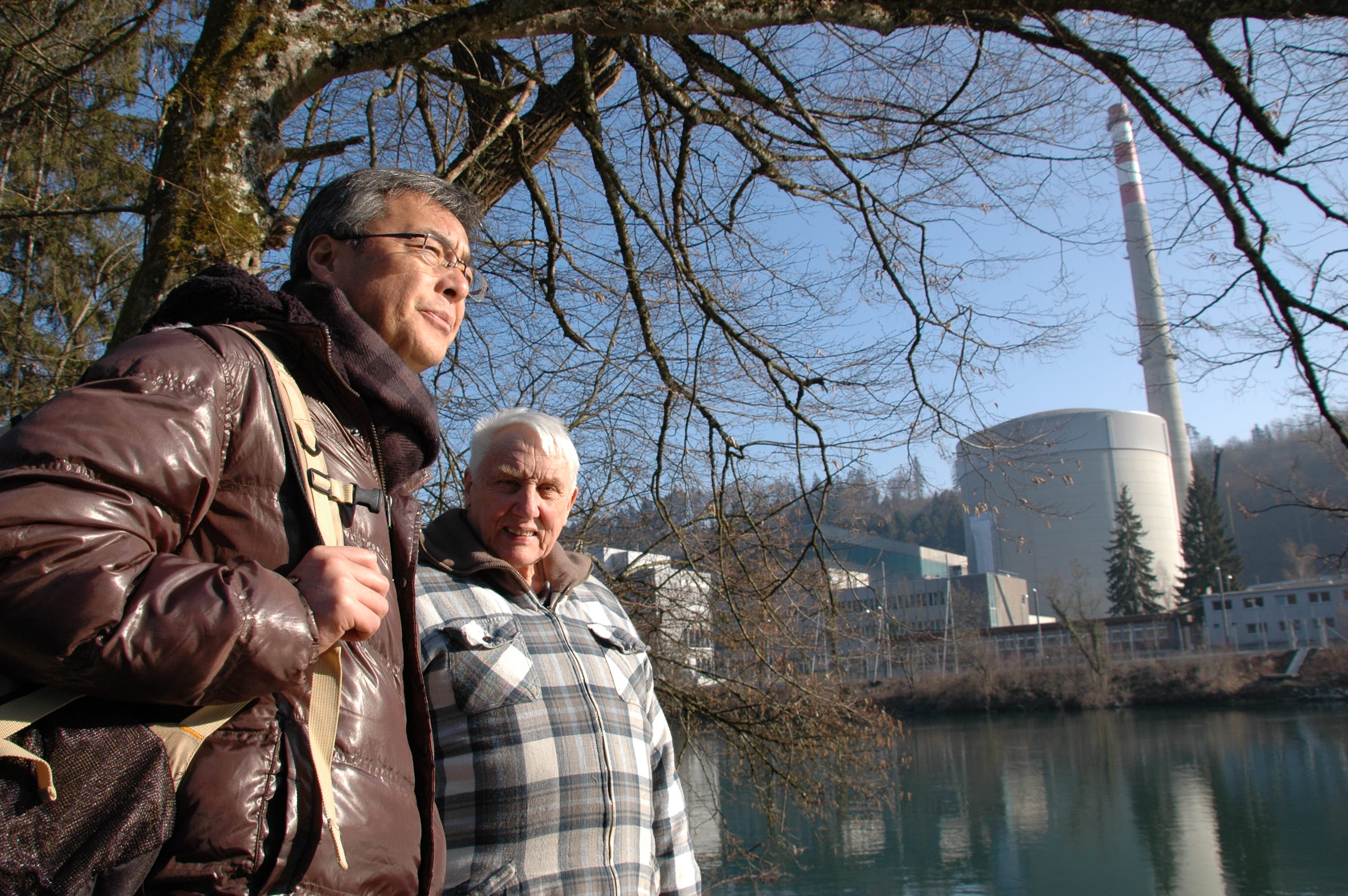
Japanese from the region around Fukushima have been visiting Switzerland to share their experiences of the nuclear disaster.
The trip was organised by the environmental organisation Greenpeace Switzerland to show the “human face” of the catastrophe, which saw a tsunami and earthquake trigger a meltdown of the Fukushima nuclear reactor.
The Japanese visitors stand on the bank of the River Aare at twilight. It is a beautiful setting.
Across the river is the 40-year-old Mühleberg atomic plant, situated around 13 kilometres away from the capital, Bern.
“I am amazed that we can get so close to a nuclear plant,” said Satoshi Nemoto, a part-time farmer from near the city of Fukishima. “In Japan the police would have been here immediately.”
He and English teacher Yuko Nishiyama were invited to Switzerland by Greenpeace to help inform people about the situation in Japan.
Greenpeace wants to show that “a nuclear catastrophe is always and foremost a human tragedy”, said spokeswoman Franziska Rosenmund.
The Mühleberg site, one of five in Switzerland, has been at the centre of local protests. On Wednesday – around two weeks after the Japanese visit – the Federal Administrative Court ruled that it would lose its operating licence at the end of June 2013 on safety grounds. This goes against the indefinite extension granted by the environment ministry at the end of 2009.
The court’s decision can be appealed to the Federal Court in Lausanne.
Contaminated rice
Nemoto and Swiss organic farmer Walter Ramseier discussed what it was like to live close to an atomic facility.
Until the accident, Nemoto, whose farm is around 60 kilometres away from the Fukushima plant, grew rice, vegetables and Japanese persimmon. But now he can’t sell his rice and last year only produced for his own consumption.
In his home city of Nihonmatsu, rice has shown a radioactive contamination of 500 Becquerel. “Even if the rice wasn’t contaminated, consumers wouldn’t buy because it comes from the Fukushima region,” added the farmer.
Ramseier, whose farm is around one kilometre as the crow flies from Mühleberg, has had similar problems.
“When people heard that we are planting organic vegetables right near an atomic plant, they clutched their heads and said that the two didn’t go together. We took a financial hit,” he said.
People used to have a lot more faith in nuclear safety. Now he feels “increasing fear”, said the 68-year-old, who has been growing organic produce since 1979.
Ramseier was amazed when Nemoto told him that two of the 54 nuclear reactors are still in operation in Japan and should soon be switched off. For him, the time has come to change to alternative energy production.
A rethink
Nemoto, 55, also wants a change in direction. As president of the local farmers’ association Nomiren Fukushima, he has been pushing for farmers’ compensation, and represents their interests to the local authorities.
It is time now for a rethink, he said. “The contaminated fields could be used for renewable energy. We should be looking forwards, not backwards.”
Nemoto doesn’t believe that closing nuclear plants will have a big effect on Japan. The population has been decreasing since 2006 and needs less and less energy. Fukushima is thus an opportunity to show how people can live in a “smart” society, he says.
The farmer is particularly interested in Switzerland because it decided to phase out nuclear power so quickly after the disaster. He approves of the decision and expects Switzerland to send the message to Japan that nuclear power and people don’t fit together.
But even he had believed the Japanese authorities’ assurances that the technology was completely safe. “After the explosion we saw the helplessness and we didn’t know what had happened inside the plant. For Nemoto it became clear that “nuclear power cannot be controlled by humans”.
Family problem
Translator and English teacher Yuko Nishiyama is one of the voluntary evacuees, who, although she didn’t live in the current 20km exclusion zone around the reactor still decided to leave the region.
It was a difficult decision to leave the Fukushima city with her two-year-old daughter Mariko, as it went against the advice of her family and the authorities. Most voluntary evacuees are mothers with small children, who have left out of concern for their children’s’ safety.
In Kyoto, Nishiyama founded the organisation Minna no te (all hands) to help these people and their families.
She may stay in Kyoto, on the western side of Japan, with her daughter until June 2013. They are currently living in rent-free accommodation. Afterwards it is unclear what will happen.
“I want to live with my husband but in a safe place,” she said. She can’t envisage a normal life in Fukushima city: children may only play outside for an hour, afterwards their clothes have to be cleaned.
But her husband wants to keep his job in the east. Currently he is working in the capital Tokyo, around 250km away from the destroyed plant. In safety, we say. “Do you believe that Tokyo is safe?” she replied.
Change
“There were lots of accidents before Fukushima. The people in charge never said anything, but tried to sweep it under the carpet,” Nishiyama said.
She has never had a good feeling about nuclear plants and the operating company Tepco. “At the same time I’m Japanese and believed that I couldn’t change anything.”
She would like to pass on to Swiss schoolchildren one lesson she has learned from the disaster. “They have to know what happened in Fukushima. I now know: even children can change the world.”
Greenpeace Switzerland organised a one-week stay for both Japanese. It included appearances at several public discussions in Geneva, Bern. Langenthal, Langnau and Wohlen near Bern (near the Mühleberg plant) as well as in schools.
In addition, the Japanese guests, who hail from the Fukushima prefecture, met representatives of the Swiss radiological protection authorities, the Federal Health Office and deputy House of Representatives speaker Maya Graf.
A magnitude-9 earthquake took place at 2.46pm local time on March 11, 2011 off the Sanriku coast and reached a magnitude of 9. It was the strongest ever recorded in Japan.
The tsunami that followed destroyed many villages and cities and caused 15,000 deaths. Thousands of people are still missing.
It knocked out reactor cooling systems at the Fukushima Daiichi nuclear plant, 240km north of Tokyo, triggering meltdowns in three of the six nuclear reactors and radiation leaks.
After a while around 150,000 people were evacuated from a 20km zone surrounding the plant. It is still out of bounds. Around 80,000 people cannot return to their homes.
(Translated from German by Isobel Leybold-Johnson)

In compliance with the JTI standards
More: SWI swissinfo.ch certified by the Journalism Trust Initiative
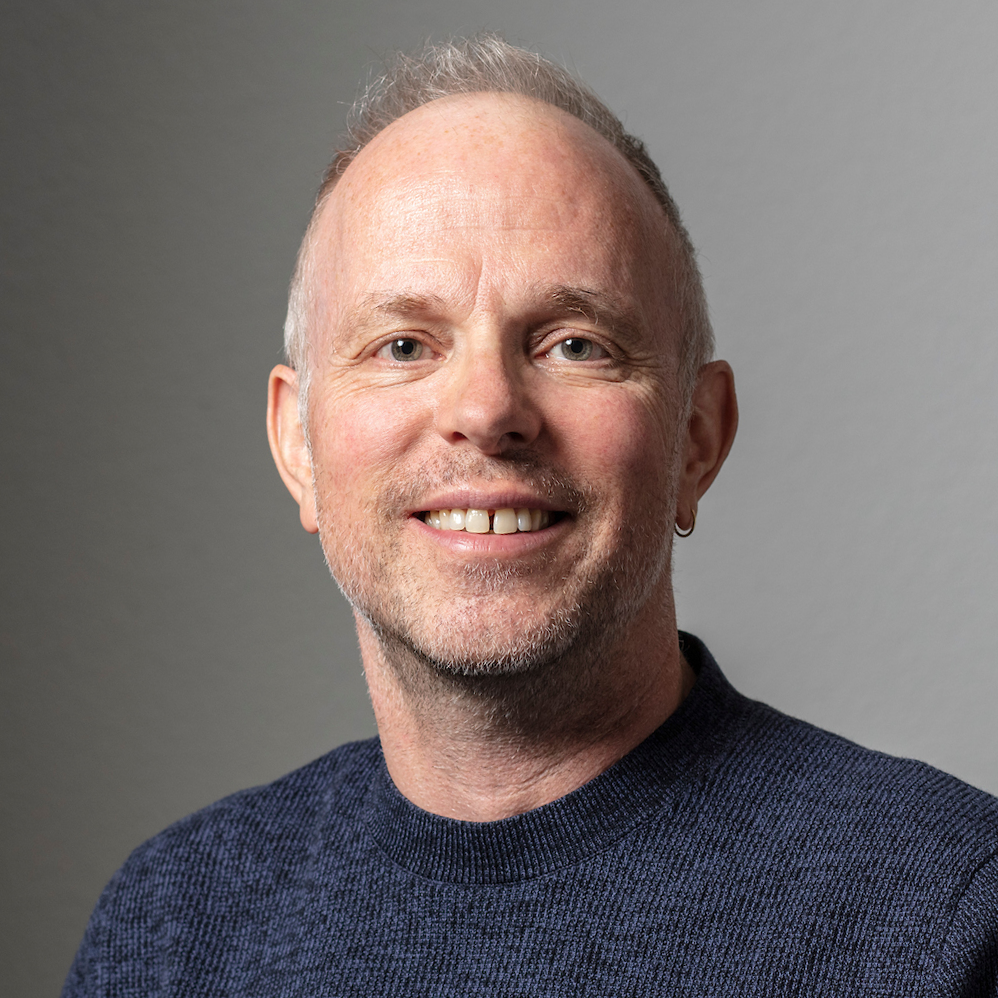
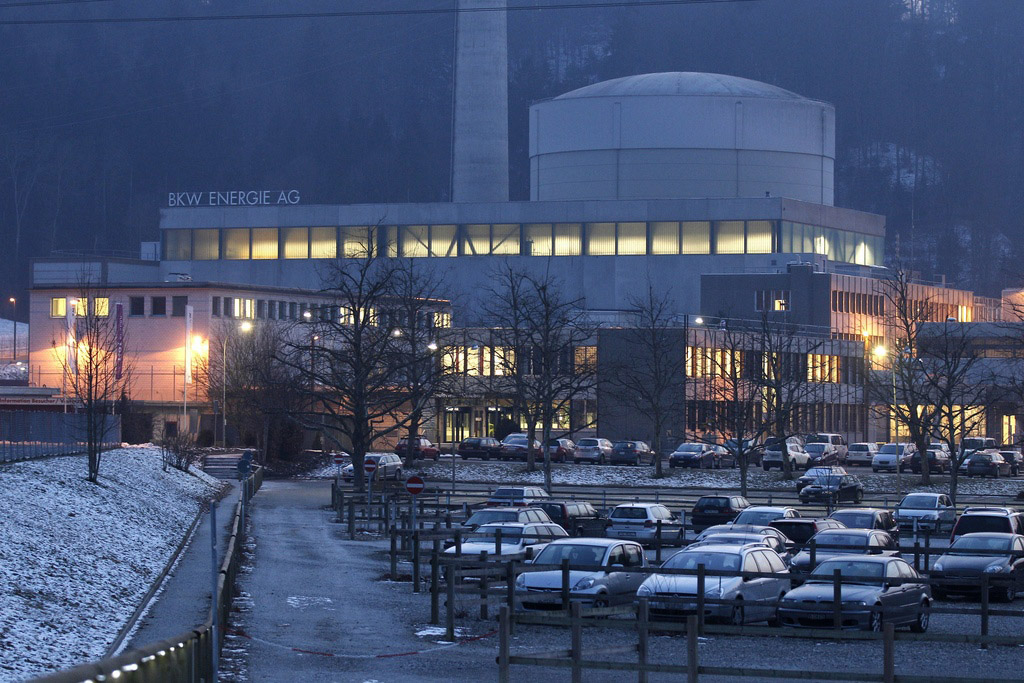
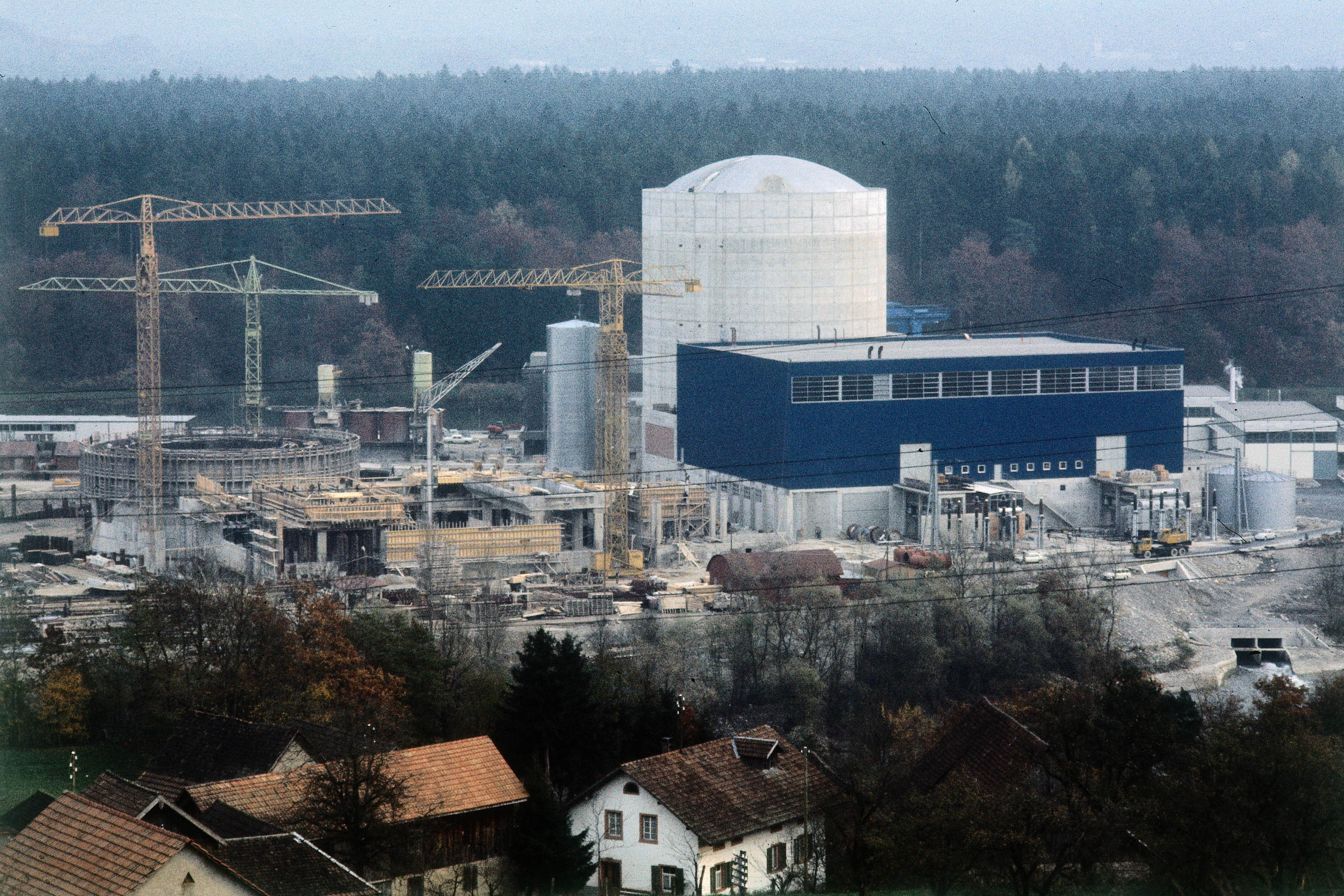
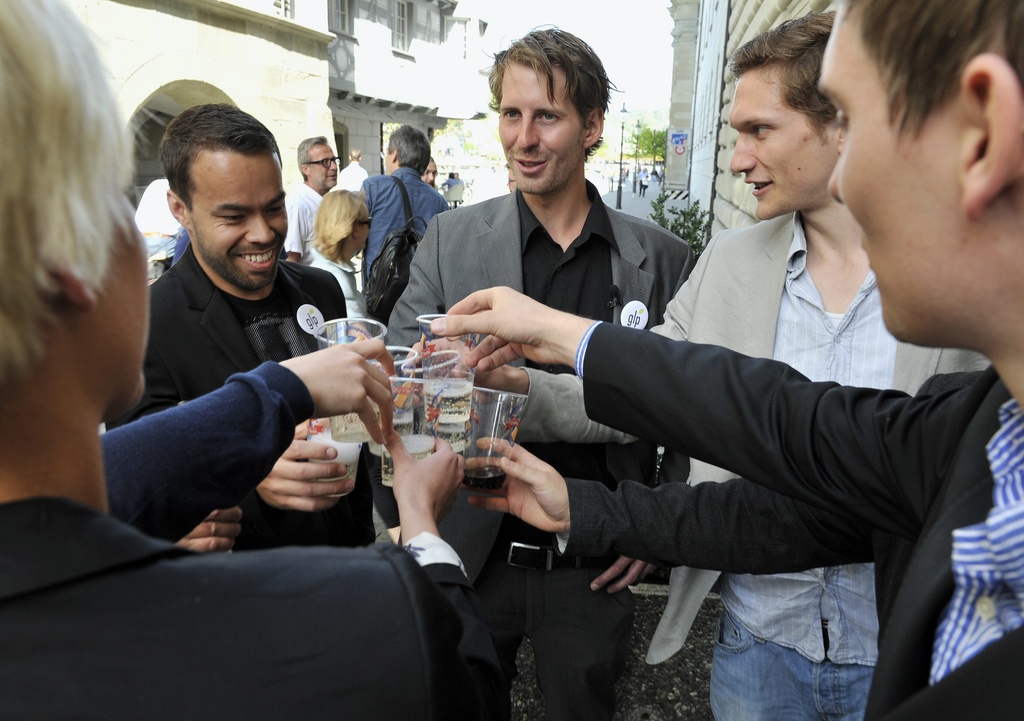
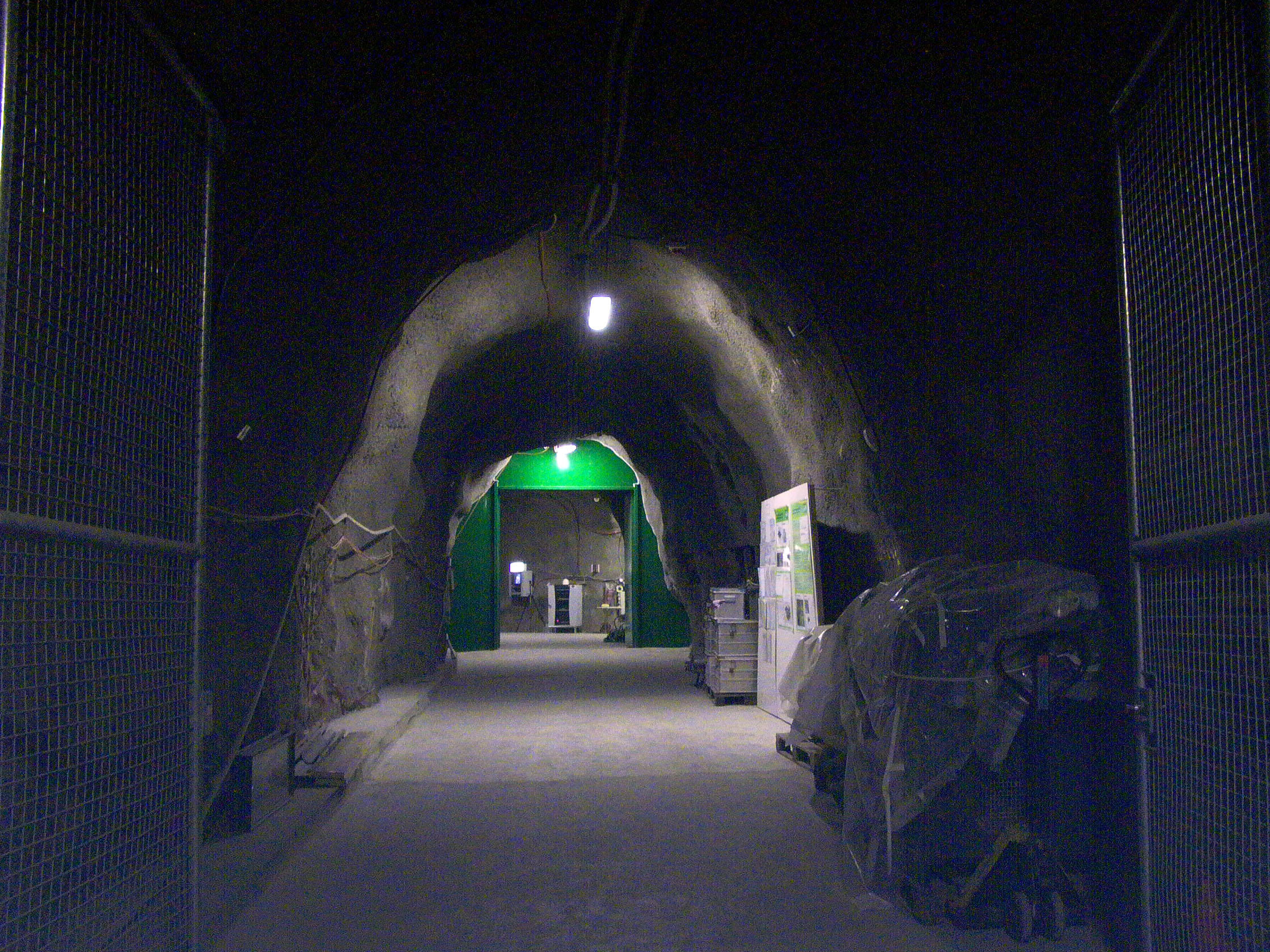
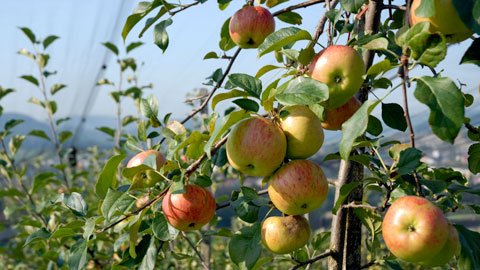
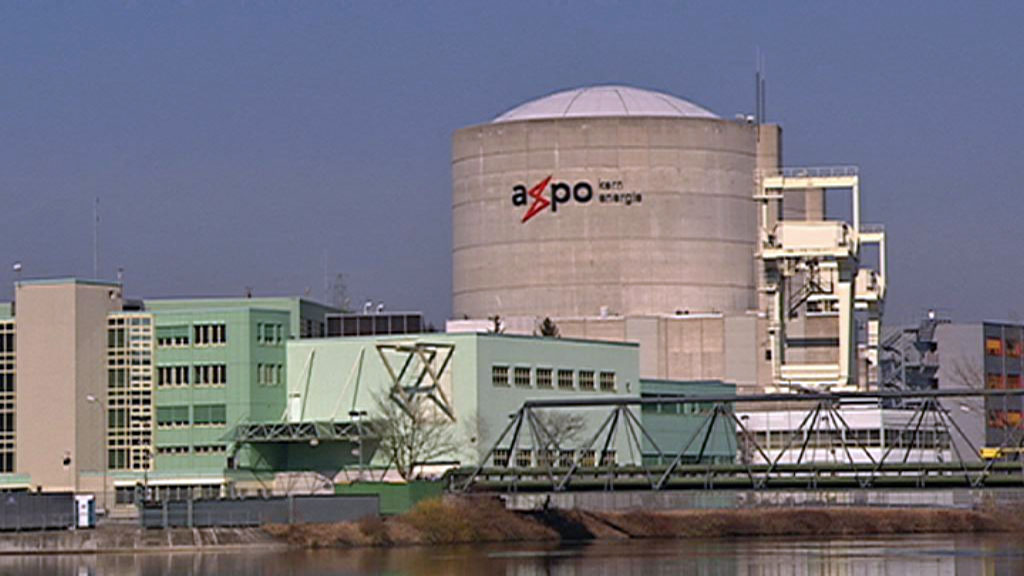
You can find an overview of ongoing debates with our journalists here. Please join us!
If you want to start a conversation about a topic raised in this article or want to report factual errors, email us at english@swissinfo.ch.